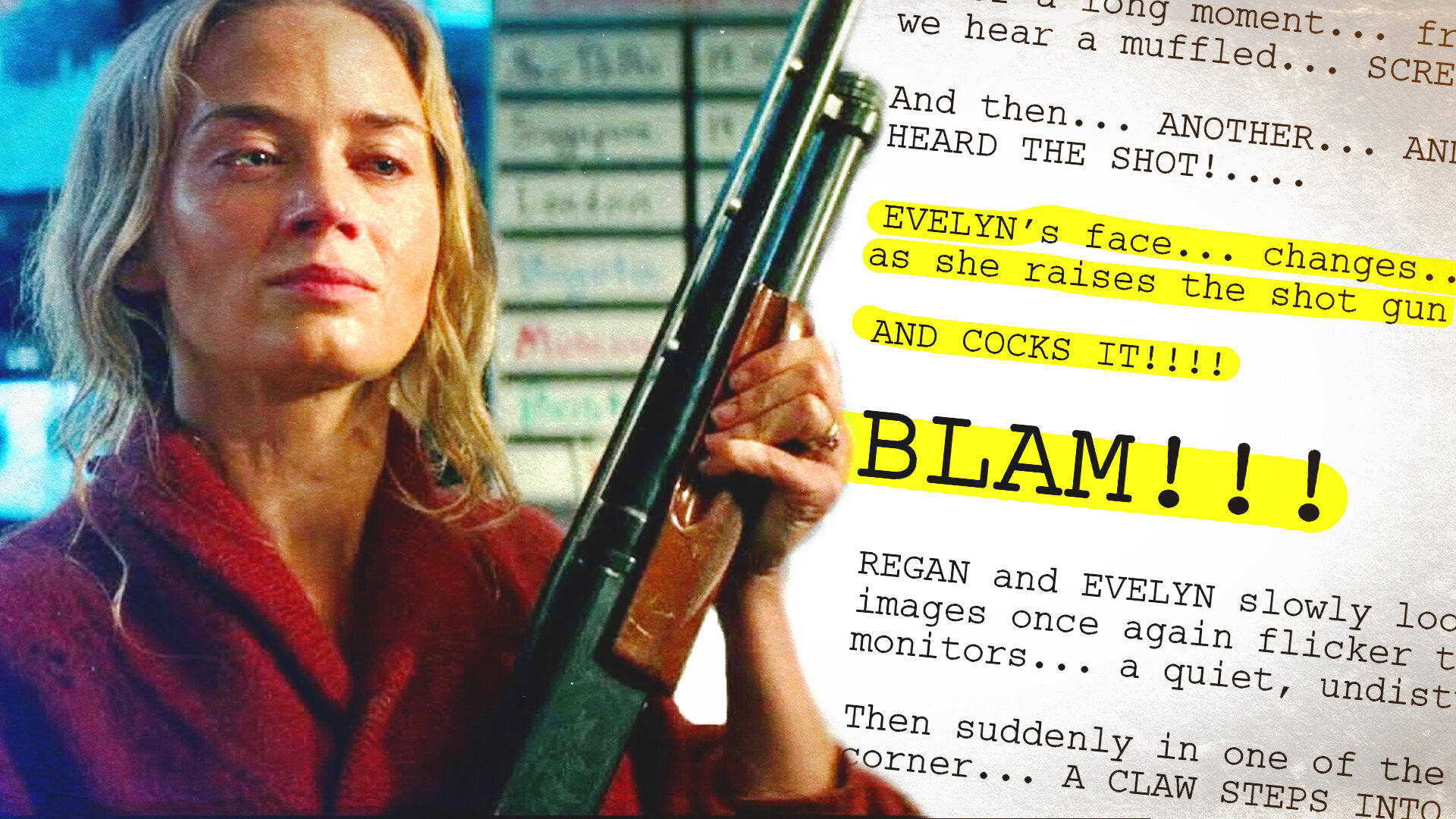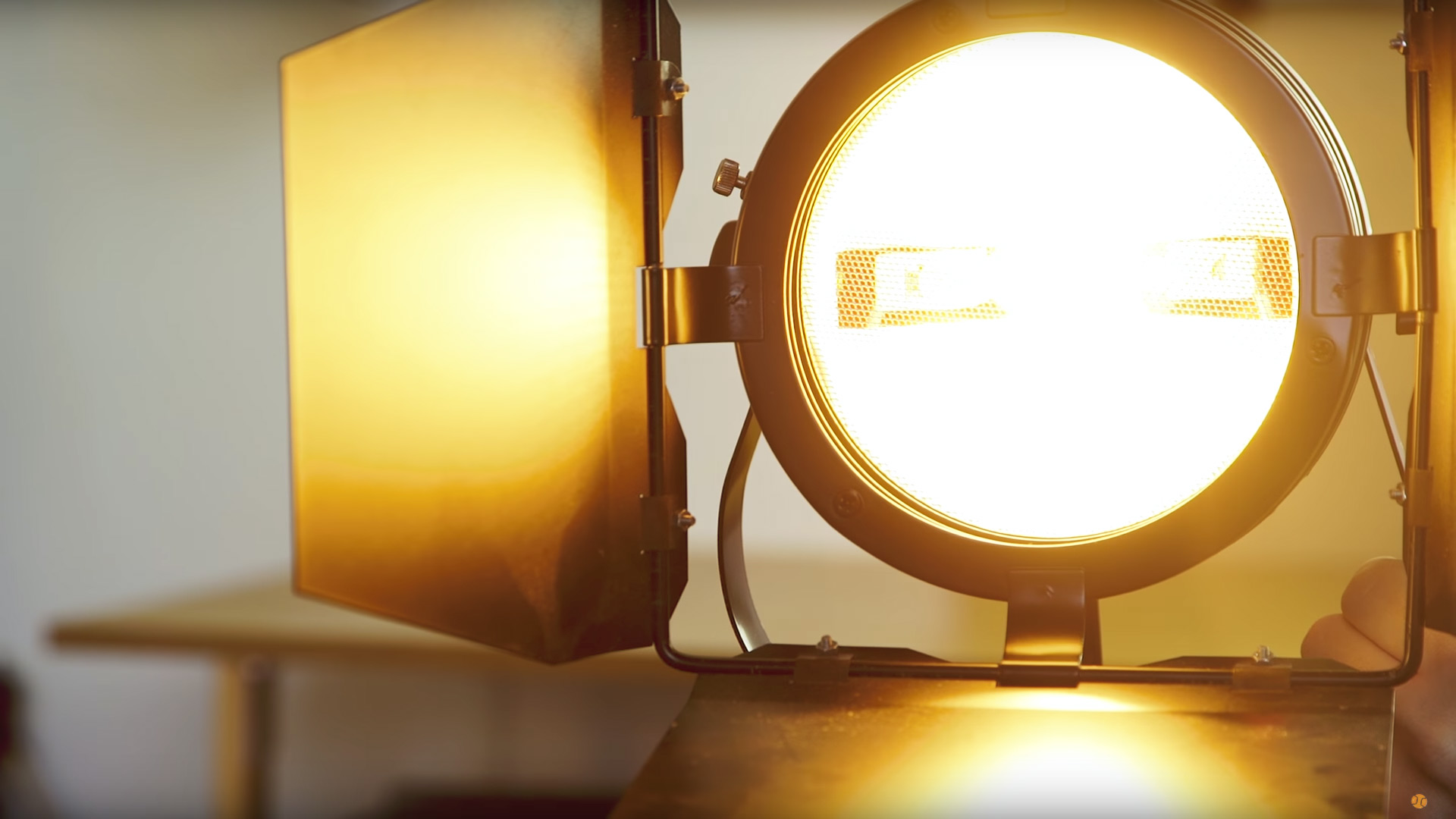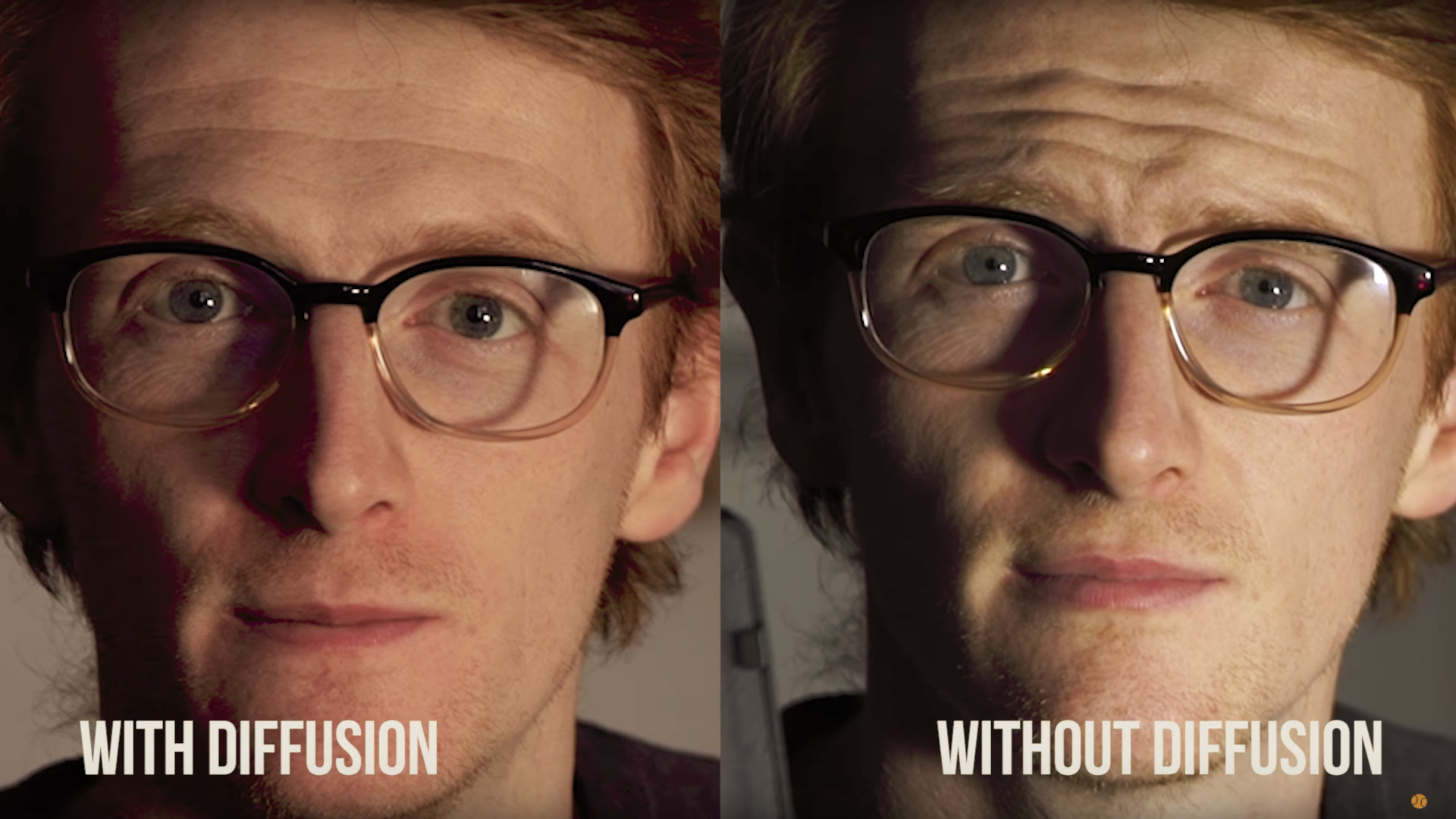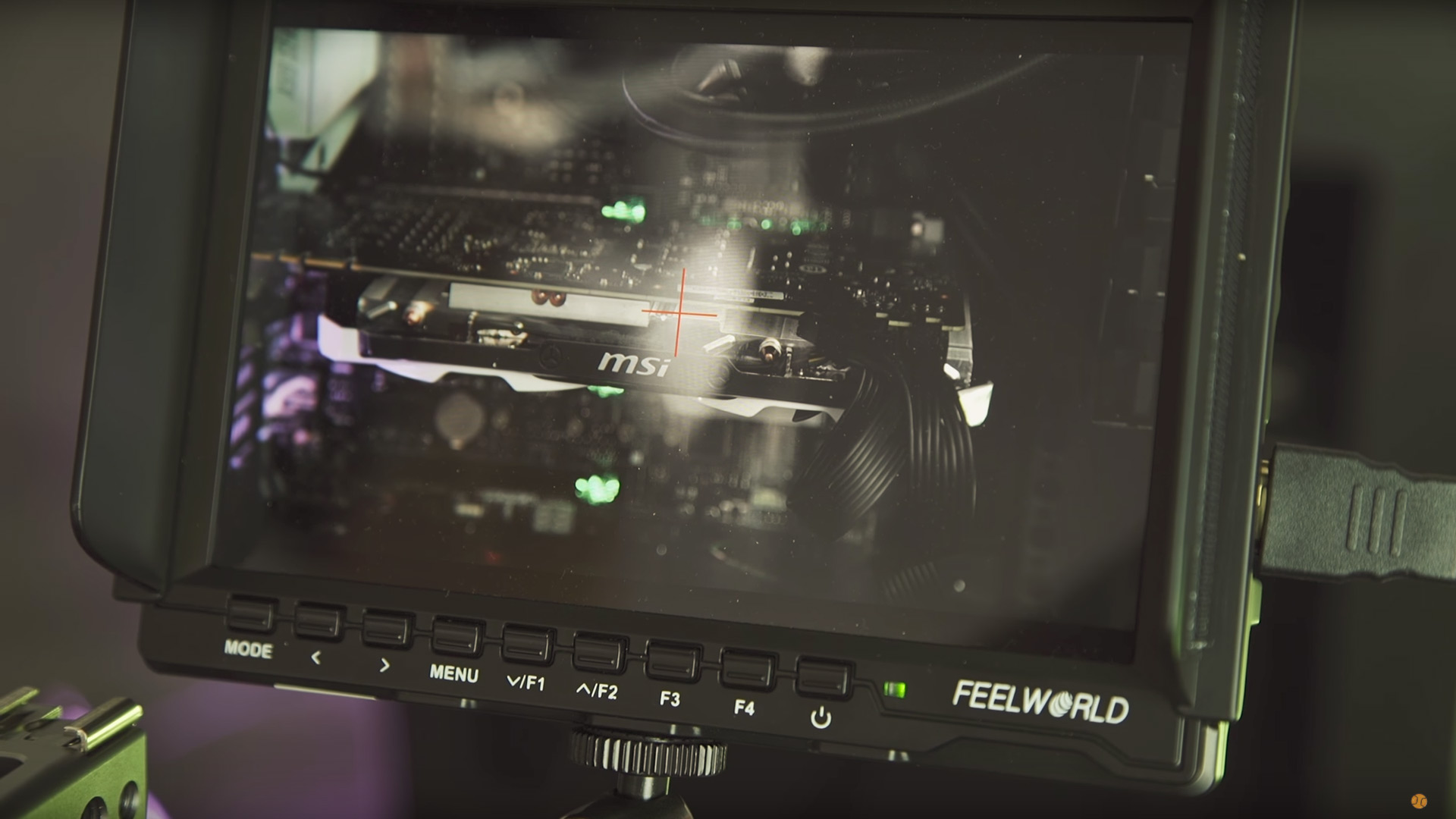The Sony a7s is a mirrorless camera with some great video capabilities. We’ve been using them for about a year now and would recommend them to anyone who is considering buying one.
The problem is, with it being a camera primarily built for photography, the batteries only last about 40 minutes. If you are shooting all day, you’ll need a hand full of these batteries to last the whole day.
So we needed to find a solution to this problem. It’s time to customise.
So this is the standard Sony a7s battery; the NP-FW50. It’s nice and compact to fit in the small form factor of the camera, and has a charge of 1020mAh.
This is plenty if you are shooting photos, but for video, it sucks the juice out in less than one hour.
Compare that to this, the Sony NP-F750. This has a charge of 5200mAh, over 5x that of the standard a7s battery. These are the batteries we use to power the LED panel and the camera monitor.
So finding a way to use this battery to power our cameras will give the most compatible solution to our kit. This is what we did.
Firstly, we bought a Sony a7s dummy battery. These can be found online, we picked this one up on eBay for a few quid, and what it does is allow you to plug in an external power source into the camera by using a dummy a7s battery on one end, and a female jack on the other.
Secondly, we picked up a battery plate adapter for the Sony NP-F750, the big guy here. So by connecting the parts together and putting in the battery, it all seems to work!
The voltage difference between the original battery and the big sony battery is only .2 volts, so this will be safe to run your camera.
Lastly, we needed a mounting solution. We already have cages for the Sony a7s, so by utilising the 15mm rod mount on the top, we bought a cheese plate, a small 15mm rod, and a strip of Velcro to mount it onto the camera.
Tidy up your cables with a rubber band or some tape, and you’re all set!
We have shot using this solution for months now, and using this battery works just fine. We also have a larger battery, the Sony NP-F970.
This works too, but every now and then the camera likes to stay idle instead of waking up. We haven’t figured this issue out yet, so we suggest if you do plan on hacking your Sony battery, stick to the F750.
On an all-day shoot, we have got up to 6 hours out of this battery.
Another advantage of this external mount is being able to replace the batteries incredibly easily when it is on a tripod. Sometimes taking the original a7s batteries out when it is locked on a tripod can be difficult as it is accessed from the bottom. This rectifies the issue.
DISCLAIMERS:
Some of these links are affiliate links, if you purchase gear via these links The Film Look will receive a small commission, but there will be no additional cost to you. Thank you!








































